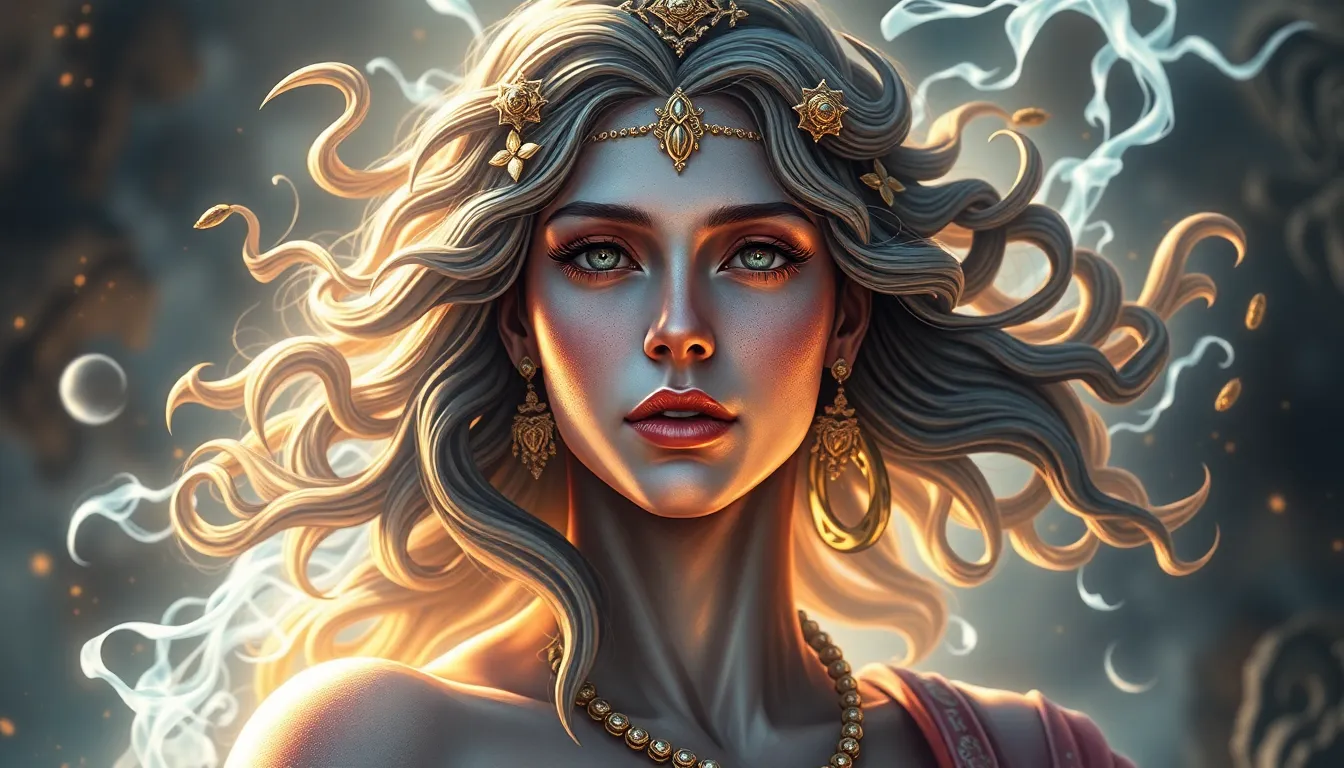Pandora: The Woman Who Introduced Hope and Despair to Humanity
I. Introduction
Pandora, a pivotal figure in Greek mythology, embodies the complex interplay of hope and despair. Her story, a rich tapestry woven into the fabric of ancient narratives, serves as a profound reflection on human existence and the dualities that define our lives. The significance of Pandora’s tale transcends mere myth; it has influenced literature, art, and philosophy throughout the ages. This article aims to delve into the intricacies of Pandora’s narrative, exploring how her actions led to the introduction of both hope and despair into the world.
II. The Myth of Pandora: Origins and Context
The origins of Pandora’s myth can be traced back to the story of Prometheus, a Titan who defied the gods by stealing fire and giving it to humanity. In retaliation, Zeus, the king of the gods, crafted Pandora as a punishment for Prometheus’s transgression. She was created with unique qualities, combining beauty and cunning, and bestowed with gifts from various gods. The symbolism of her name, which means “all-giving,” reflects her role as both a gift and a curse to mankind.
Pandora’s creation highlights the consequences of defiance against divine authority, illustrating how human curiosity can lead to unforeseen repercussions. Her story serves as a cautionary tale about the dangers of overreaching and the inherent vulnerabilities of humanity.
III. The Opening of the Jar: A Dual Legacy
One of the most enduring aspects of Pandora’s myth is the moment she opens her jar, often mistakenly referred to as a box. This act unleashes a torrent of evils upon the world, including despair, illness, and suffering. The jar symbolizes the containment of human suffering, and its opening represents the irrevocable release of these afflictions into human experience.
- Despair
- Illness
- Suffering
However, amidst this chaos, hope remains trapped inside the jar. Its presence serves as a critical counterbalance to the unleashed evils. This dual legacy of hope and despair encapsulates the human condition—while suffering is inevitable, hope persists as a guiding light through adversity.
IV. The Symbolism of Hope and Despair
Despair, as depicted in the myth, represents the darker aspects of human experience. It is a reminder of vulnerability and the inevitability of suffering. The release of despair into the world signifies the trials and tribulations that every individual must face, emphasizing the fragility of happiness.
In contrast, hope emerges as a beacon of resilience. Even after the chaos unleashed by Pandora, hope remains a crucial element of the human experience. It signifies the possibility of renewal, healing, and perseverance despite overwhelming odds. The interplay between hope and despair in Pandora’s story illustrates the complexities of life, where one often cannot exist without the other.
V. Pandora’s Influence in Art and Literature
Pandora’s myth has inspired countless artists and writers throughout history. In ancient art, she is often depicted in various forms, ranging from pottery to sculpture, capturing her beauty and the moment of the jar’s opening. These depictions emphasize her dual nature—both as a bearer of suffering and a symbol of hope.
In literature, her story has evolved, appearing in works from Hesiod’s “Theogony” to modern retellings. Each interpretation reflects the cultural values of its time, showcasing how Pandora’s narrative adapts to contemporary themes while retaining its core message. Modern adaptations often focus on the empowerment of women, reinterpreting Pandora not just as a source of trouble but as a figure of strength and resilience.
VI. Psychological and Philosophical Perspectives
Pandora’s myth resonates deeply with human psychology, reflecting our struggles with hope and despair. The act of opening the jar can be seen as a metaphor for the human experience of confronting the unknown, where curiosity often leads to both enlightenment and suffering.
Philosophically, the narrative invites contemplation on the nature of existence. The coalescence of hope and despair raises questions about the meaning of life, the acceptance of suffering, and the pursuit of happiness. Lessons derived from Pandora’s story encourage individuals to embrace hope even in the face of adversity, reminding us that despair does not define our existence.
VII. Cultural Impact and Legacy
Pandora’s myth has left an indelible mark on various cultures and societies. Her story has been adapted in countless ways, from literature to film, and continues to resonate with audiences around the world. In modern storytelling, Pandora symbolizes resilience, representing the strength of the human spirit to overcome challenges.
The ongoing relevance of Pandora’s narrative speaks to its universal themes. As a symbol of the human condition, she embodies the struggle against despair and the search for hope. Her story serves as a reminder that even in the darkest times, the light of hope endures.
VIII. Conclusion
In conclusion, Pandora’s significance in mythology and modern culture cannot be overstated. Her story encapsulates the delicate balance between hope and despair that defines the human experience. As we reflect on Pandora’s legacy, we are reminded of the resilience inherent in humanity—the ability to find hope amidst suffering. Pandora’s enduring narrative continues to inspire and challenge us, offering valuable insights into the complexities of life and the eternal dance between light and darkness.




